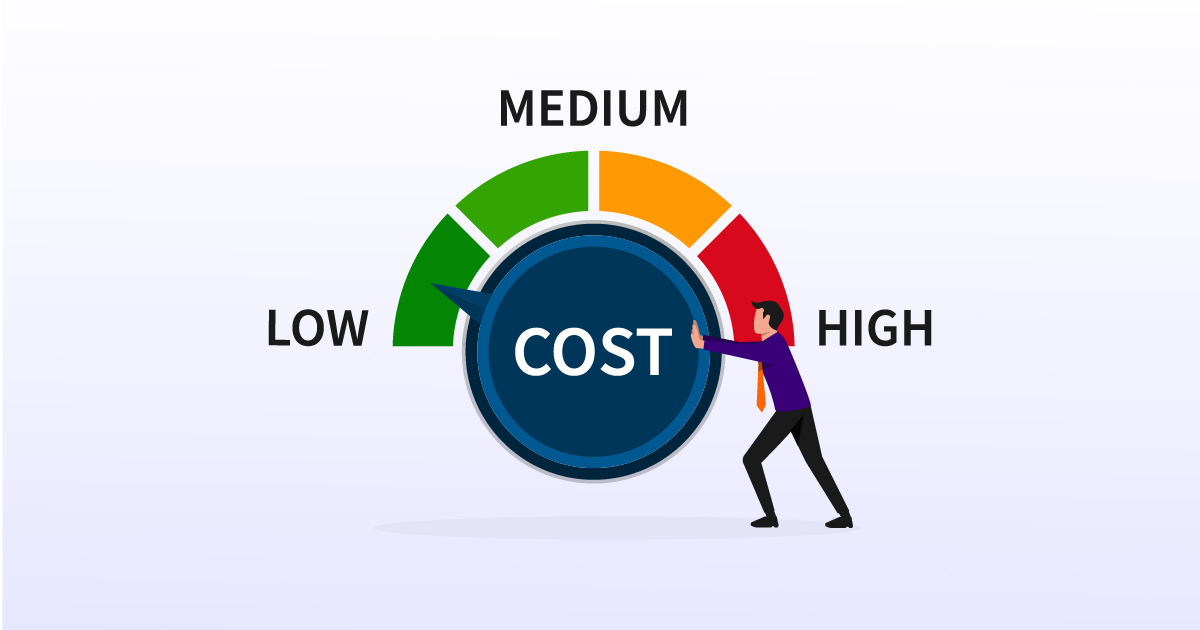
News
Managing Costs: Seasonal Menu Planning Guide
and Understanding.
Introduction to Seasonal Menu Planning
In today’s culinary landscape, managing costs while maintaining quality is paramount for the success of any restaurant or food establishment. One effective strategy that savvy chefs and restaurateurs employ is seasonal menu planning. Whether it is pumpkin or watermelon, taking advantage of seasonal produce is a great way to utilize available inventory while creating an engaging menu. This comprehensive guide explores the intricacies of seasonal menu planning, emphasizing cost management and understanding seasonal trends.
Benefits of Seasonal Menu Planning
Cost-Effectiveness

With all the costs of running a restaurant, inventory is just another piece of the puzzle. Because seasonal ingredients are abundant and more affordable, incorporating them into your menu is a best practice to reduce ingredient costs, maximize product quality, and run a cost-effective business. In March, the weather gets warmer, and new ingredients flourish. Collard greens, kale, and carrots all flourish in spring so try a southern collard greens dish or kale salad to spice up your menu. Unused inventory is wasted cash sitting on your shelves.
Sustainability and Freshness
Seasonal ingredients are harvested at their peak ripeness, producing superior freshness and flavor. By prioritizing seasonal produce, chefs can elevate the quality of their dishes, enhancing the overall dining experience for customers. Seasonal menu planning also promotes sustainability by reducing the carbon footprint associated with food transportation. By sourcing locally grown ingredients in season, restaurants can support local farmers and reduce reliance
on imported produce, thereby minimizing environmental impact and saving on delivery. Visiting farmer’s markets is a great way to source fresh produce, create new vendor relationships, and connect with your business. Effective communication and collaboration with suppliers are essential for successful seasonal menu planning. By working closely with suppliers, chefs can secure the best-quality ingredients at competitive prices, ensuring consistency and reliability in menu offerings.
Implementing Cost-Effective Practices
Seasonal ingredient utilization can also be a great way to implement cost-effective practices. Not only is seasonal produce cheaper, but things like portion control and waste reduction are other ways to save on costs. Practicing portion control helps minimize food waste and optimize your cost management. When executing this with waste reduction or repurposing leftover ingredients, chefs can maximize resource efficiency. An example of this is utilizing whole ingredients from root to stem, allowing for innovative dishes that showcase the versatility of seasonal produce.
Instead of sacrificing your menu staples, offer the seasonal items as specials that your servers will introduce at the start of each meal. Capitalizing on seasonal promotions and events allows restaurants to attract customers and boost sales. Whether it’s a seasonal tasting menu, a themed event, or a special promotion highlighting special ingredients, leveraging trends can create buzz and drive traffic to the restaurant. A social media campaign showcasing your seasonal pumpkin pie or citrus salad is a solid way to expand your restaurant’s reach and keep customers coming back for more.
Analyzing Cost vs. Profit
Calculating Expenses and Profit Margins

Having a hospitality accountant with the expertise to connect your menu to your expenses, inventory, and profit margins is key to running a successful business. By keeping detailed records of ingredient costs, labor expenses, and other operational costs, restaurants can identify areas for improvement and optimize profitability. For example, if an item on your menu is costing a lot but is not selling, our team will make suggestions to change that and enhance your profitability. Calculating profit margins enables restaurants to assess the financial viability of their menu offerings. By analyzing the cost of ingredients against menu prices, chefs can determine the profitability of each dish and make informed decisions about menu selection and pricing.
Paperchase’s restaurant accountants keep track of your profit margins through weekly reports and KPI monitoring, food & beverage inventory training, and cash flow observation. When considering seasonal menu changes, you must ensure that every item in a recipe is accounted for – from the garnish to a batched sauce. Once you do recipe costing, follow the prescribed portions or the variances will add up. Focus on regularly updating recipe costing for your top ten best-selling dishes as ingredient price fluctuations can impact profitability. Additionally, refresh your recipe costing quarterly to reflect changing prices, prioritizing re-costing the most expensive items. Recipe costing is essential in outlining portions so that each dish is consistent. Consistency in your portions and recipes helps build relationships with customers and entices them to return to your restaurant.
Menu costing is also a factor in introducing seasonal items. Paperchase’s accountants will look at your gross profit to find your correct menu price. With this in consideration, look at industry benchmarks. What should your gross profit be compared to other places in the same industry? Not sure what this number should be? Our team works with restaurants from QSRs to Michelin star concepts so we can place exactly where your needs should be for your business. At the end of the day, be wary of substituting items, stick to your recipe costing, and change the menu price if your purchase is altered. This is why taking advantage of seasonal or available ingredients is a rewarding endeavor.
Conclusion
Seasonal menu planning is a valuable strategy for managing costs and enhancing the dining experience. By understanding seasonal trends, implementing cost-effective practices, and adapting menus to seasonal changes, restaurants can optimize profitability while delighting customers with fresh, innovative dishes. Don’t be afraid to put that pumpkin spice on your menu. Your team of Paperchase accountants will assist in every step of the process, from concept to implementation, to expansion.























Share this article with your community